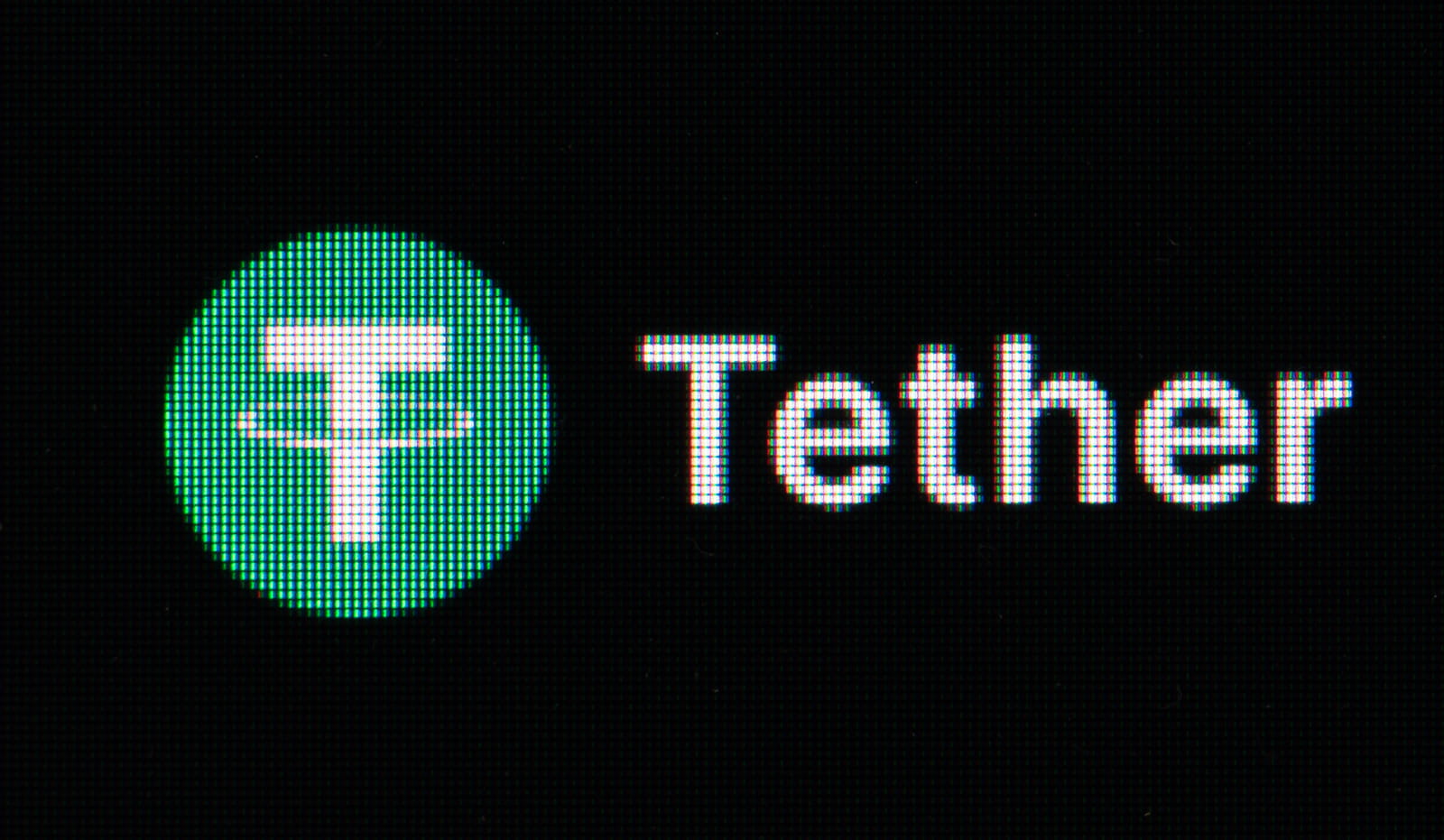Stablecoins are moving from the fringes of cryptocurrency speculation into mainstream payment channels. Their relevance for Australia is not just about financial regulation in Canberra – they are likely to reshape remittances and financial access, areas already central to Australia’s wider influence in the Pacific.
Australia should treat stablecoins not only as a domestic regulatory issue, but as part of its Pacific policy toolkit.
Stablecoins such as USD Coin (USDC) and Tether (USDT) are digital tokens pegged to the US dollar and backed by liquid assets such as bank deposits and US Treasuries. They have grown quickly on the back of demand for fast, low-cost cross-border transfers and as a settlement tool in digital asset markets. Already moving billions of dollars a day through trading platforms, cross-border transfers and payment networks, and backed with examples of new regulation, stablecoins are emerging as a new layer of global financial infrastructure.
Remittances are a lifeline for Pacific economies, and Australia is at the centre of those flows, sending money to Tonga, Samoa, Fiji and beyond. The IMF has noted that digital money, including stablecoins, if carefully managed, can aid Pacific Island growth and equality, especially where financial access is critical. Stablecoins are not yet widely used in these corridors, but they are already gaining traction elsewhere, including between Australia and the Philippines, where they offer faster and cheaper transfers than traditional money transfer operators. For households in the Pacific that depend on remittances, even modest reductions in costs could have a significant impact on incomes if similar adoption takes hold.
Stablecoins are becoming more tightly regulated and, as a result, more credible as digital dollars abroad.
The very features that make stablecoins attractive could also create risks. By bypassing correspondent banking networks, stablecoin transfers might undercut Australia’s efforts to keep Pacific financial access open and transparent.
Major Australian banks have already scaled back correspondent services in the region, citing the high costs of meeting global anti-money laundering standards in small, low-margin markets. Those withdrawals threatened remittance flows and financial stability, prompting Canberra, alongside the US and the World Bank, to pour resources into tackling the “de-risking” problem through compliance upgrades and strengthening regional banking access – commitments formalised in the Pacific Banking Forum Outcomes Statement.
These measures come as de-banking risks are already becoming acute in places such as Nauru. If stablecoins were to expand outside regulatory oversight, they could weaken these initiatives and increase exposure to money laundering and fraud, leaving Pacific regulators with challenges they are ill-equipped to manage.
Stablecoins could provide an alternative channel for remittances if correspondent banking links continue to erode, potentially mitigating the loss of services where conventional channels are closing –though this would come with significant new risks if left unregulated. Their ease of transfer and global reach make them attractive for money laundering and scams, problems already on the rise in Australia’s domestic crypto sector. Pacific Island regulators often lack the institutional capacity and resources to monitor such flows effectively, leaving gaps that illicit actors could exploit. For Canberra, this presents a potential challenge: Australian agencies such as AUSTRAC and the AFP are already stretched, and wider uptake of unregulated stablecoins in the Pacific would add another layer of pressure on enforcement and supervision.
US dollar stablecoins are also likely to carry a geopolitical dimension as their use expands globally. With a federal framework now in place in the United States under the GENIUS Act, stablecoins are becoming more tightly regulated and, as a result, more credible as digital dollars abroad. Their spread reinforces dollar primacy and, for Washington, represents a victory in the competition over the future of money. For Canberra, it highlights that stablecoins are not just a financial innovation but a development that could shape the region’s monetary order.
In practice, however, most potential use in the Pacific will come through offshore intermediaries such as global crypto exchanges or unlicensed remittance platforms, that operate outside both US and local regulatory reach. Without proactive engagement from Australia and its partners, the region risks fragmented and unregulated stablecoin use if adoption grows without oversight.
Australia’s choice lies in its level of engagement as stablecoins expand. Canberra has announced forthcoming draft legislation, expected in mid- to late-2025, which will introduce a licensing regime for stablecoin issuers, require robust reserve management and disclosure, guarantee redemption rights, and impose custodial and governance standards. Those rules will shape how Australian institutions and payment providers operate AUD- or USD-linked tokens at home. The question is whether Canberra also leverages this framework to help Pacific partners prepare for the risks and opportunities that stablecoins could bring.
Rather than treating this purely as a domestic regulatory exercise, Australia could share its framework with Pacific partners and support them in building their own supervisory capacity. This might involve providing technical expertise to central banks, harmonising standards through regional forums, testing new arrangements in controlled pilot programs, and even trialling AUD-denominated stablecoins for settlement in Pacific remittance corridors. By doing so, Canberra would not only safeguard financial stability but also turn stablecoins into a tool that strengthens Australia’s role as a constructive partner in the region. Otherwise, the Pacific risks becoming reliant on offshore stablecoins with limited transparency, exposing households to greater vulnerabilities and limiting Australia’s ability to help shape the region’s financial future.
